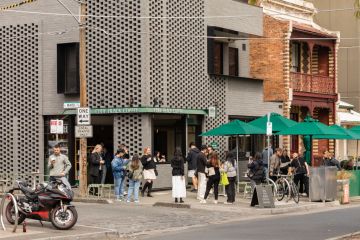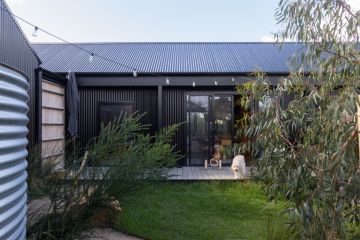Simple tricks to save money and energy through your appliances
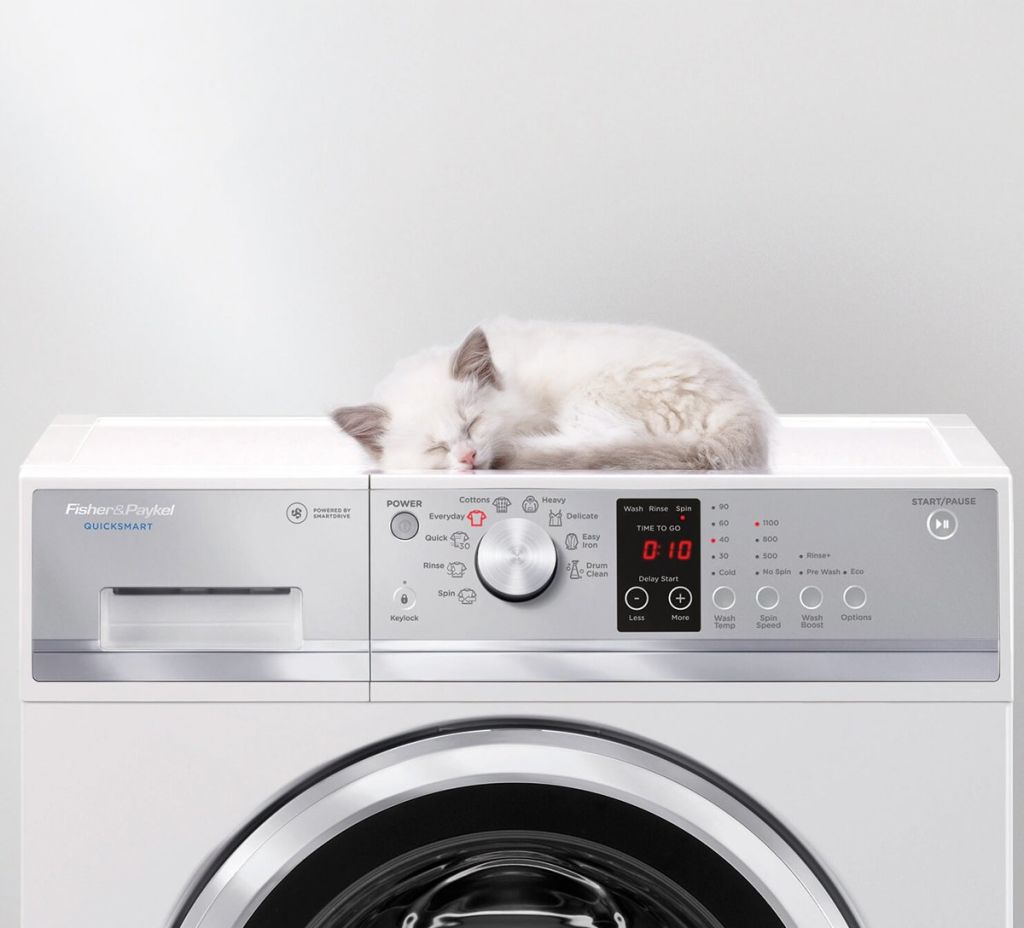
During winter, most people think of the heater as the item driving up the energy bills. But, in cold weather, our use of other appliances increases too.
Slow-cooked meals on the stove top and storing leftovers in the freezer all add to the cost of energy. Clothes take longer to dry and we are wearing more of them, so more washing and drying.
On rainy, winter days, most people turn to the dryer rather than risk it outside and as dryers need heat and air flow, they use a lot of energy.
“You’re not going to find a terribly energy efficient solution unless your electrical supply was tapped into solar or off-peak,” says mechanical engineer Paul Briozzo, from Sydney University.
Dryers are full when the clothes half fill the bowl. “You want the air to pass through the clothes, taking the wet moisture from the clothes out of the dryer,” says Colin Jones, category expert at Appliances Online.
“If it is too full, it won’t work properly and the clothes will be in there for ages. You are going to use more power and electricity.”
The lint filter also needs to be cleaned after every use to maintain adequate airflow.
Find out how Ian and Vanessa became full-time house sitters on Somewhere Else:
When it comes to washing all of those winter clothes, the front loader beats the top loader on all fronts. The top loader washing machine uses double the amount of water, requires more energy, creates lint as it’s rougher on the clothes and uses more detergent than the front loader.
“The agitator in a top loader is dragging the water and clothes backwards and forwards,” says Jones. “The roughness of the agitator rubbing against the clothes breaks down fibres which creates lint.”
The front loader uses the natural action of the clothes rising and falling in the tumbler which is gentler on the clothes, making them last longer. The wash cycle of a front loader is longer but uses less energy overall.
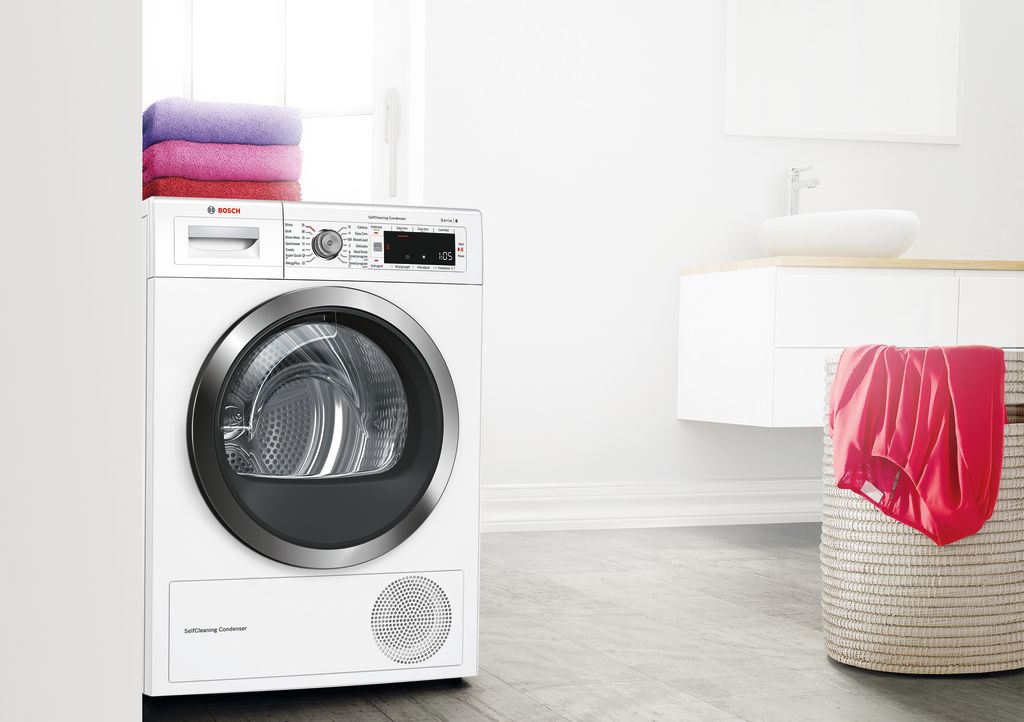
The fridge is almost considered part of the furniture and rarely thought of as an area to save energy.
If something is in the fridge, you are paying for it to stay cold. “Just maintain what’s in the fridge, if you haven’t eaten it in a few days, throw it out,” says Briozzo.
The freezer costs more to run in terms of money and energy than the fridge and is often used as a place to store meals and then forget about them.
“It costs a lot of money to freeze something, to extract the heat out of it,” says Briozzo. “When defrosting something, place it in a standard part of the refrigerator. It will do a slow defrost and it’s helping that part of the fridge to stay cool.”
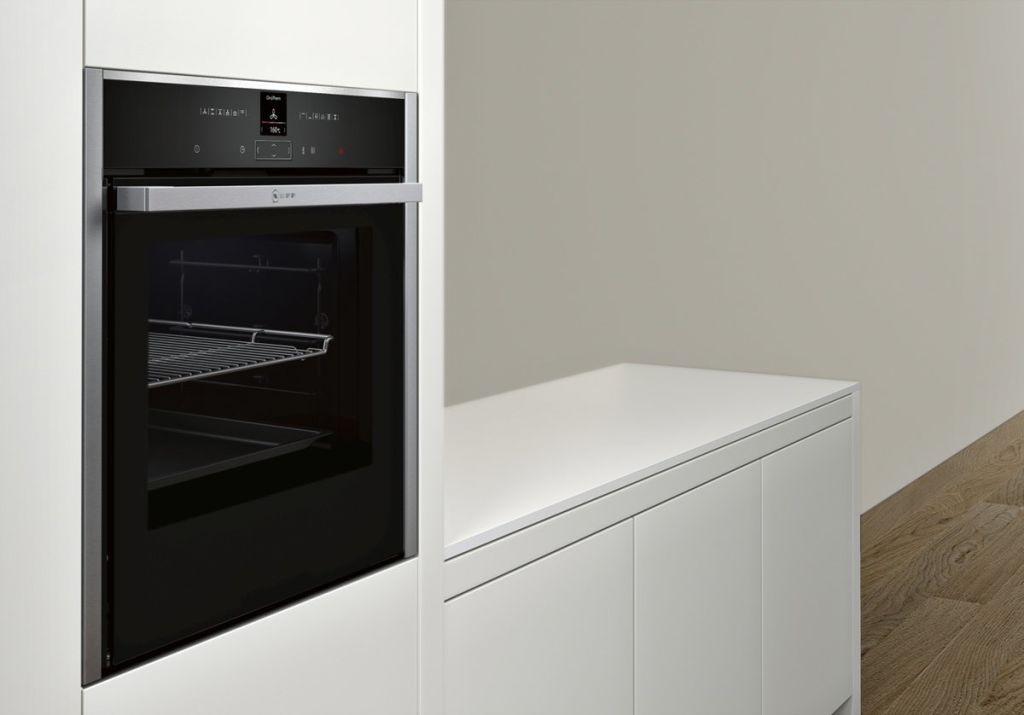
It’s important with freezers and refrigerators that the size matches the use, and you are not stuffing a fridge that is too small or cooling a massive empty space.
The size of the oven also needs to match the use. “I remember being in someone’s house who was really into cooking turkeys. They had a special industrial grade oven and it was huge. If you wanted to cook a small roast, to heat that oven up is a bit of wasted energy,” says Briozzo.
Other than size, the insulation around the doors of the oven and the amount of glazing on the glass is important. “Triple-glazed doors are becoming more popular,” says Jones.
The convection setting on an oven is also more energy efficient as the fan ensures the whole cavity is heated equally.
Briozzo says, “Energy is getting expensive. Smart thinking has been built into a lot of these appliances. That sort of thinking wasn’t there say, 20 years ago, when energy was cheaper.”
We recommend
We thought you might like
States
Capital Cities
Capital Cities - Rentals
Popular Areas
Allhomes
More



